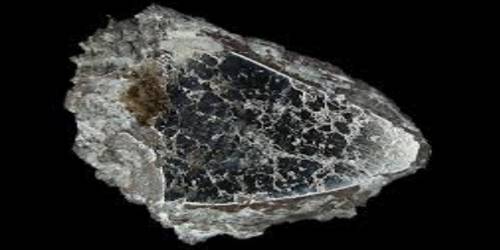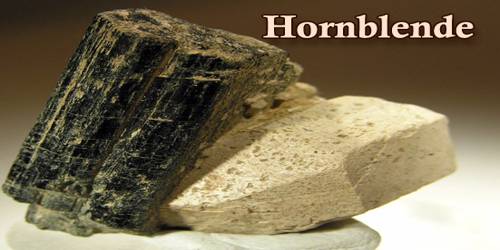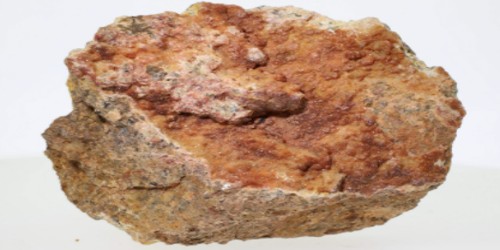Cohenite is a naturally occurring iron carbide mineral with the chemical structure (Fe, Ni, Co)3 C. It is a tin-white crystalline mineral consisting of a carbide of iron, nickel, and cobalt and occurring in some meteorites.
This forms a hard, shiny, silver mineral which was named by E. Weinschenk in 1889 after the German mineralogist Emil Cohen, who first described and analyzed material from the Magura meteorite found near Slanica, Žilina Region, Slovakia. Cohenite is found in rod-like crystals in iron meteorites.
General Information
- Category: Native element mineral, carbide
- Formula: (Fe,Ni,Co)3C
- Crystal system: Orthorhombic
- Crystal class: Dipyramidal (mmm)

Properties
It is an orthorhombic-dipyramidal yellowish white mineral containing carbon, cobalt, iron, and nickel. Associated minerals include native iron, schreibersite, troilite, and wustite. Similar iron carbides occur also in technical iron alloys and are called cementite.
- Color: Tin-white; oxidizes to light bronze than golden yellow
- Crystal habit: Platy to needlelike crystals; also as rims on or in dendritic intergrowths with iron
- Tenacity: Brittle
- Mohs scale hardness: 5.5–6
- Luster: Metallic
- Diaphaneity: Opaque
- Specific gravity: 7.2 – 7.65
Occurrence: In iron meteorites. Also in terrestrial iron, in mafic volcanic rocks chemically reduced from the assimilation of graphite.
On Earth cohenite is stable only in rocks which formed in a strongly reducing environment and contain native iron deposits. Such conditions existed in some places where molten magmas invaded coal deposits, e.g. on Disco Island in Greenland, or at the Bühl near Kassel in Germany.
Association: Iron, schreibersite, troilite, w¨ustite.
Information Source:
















